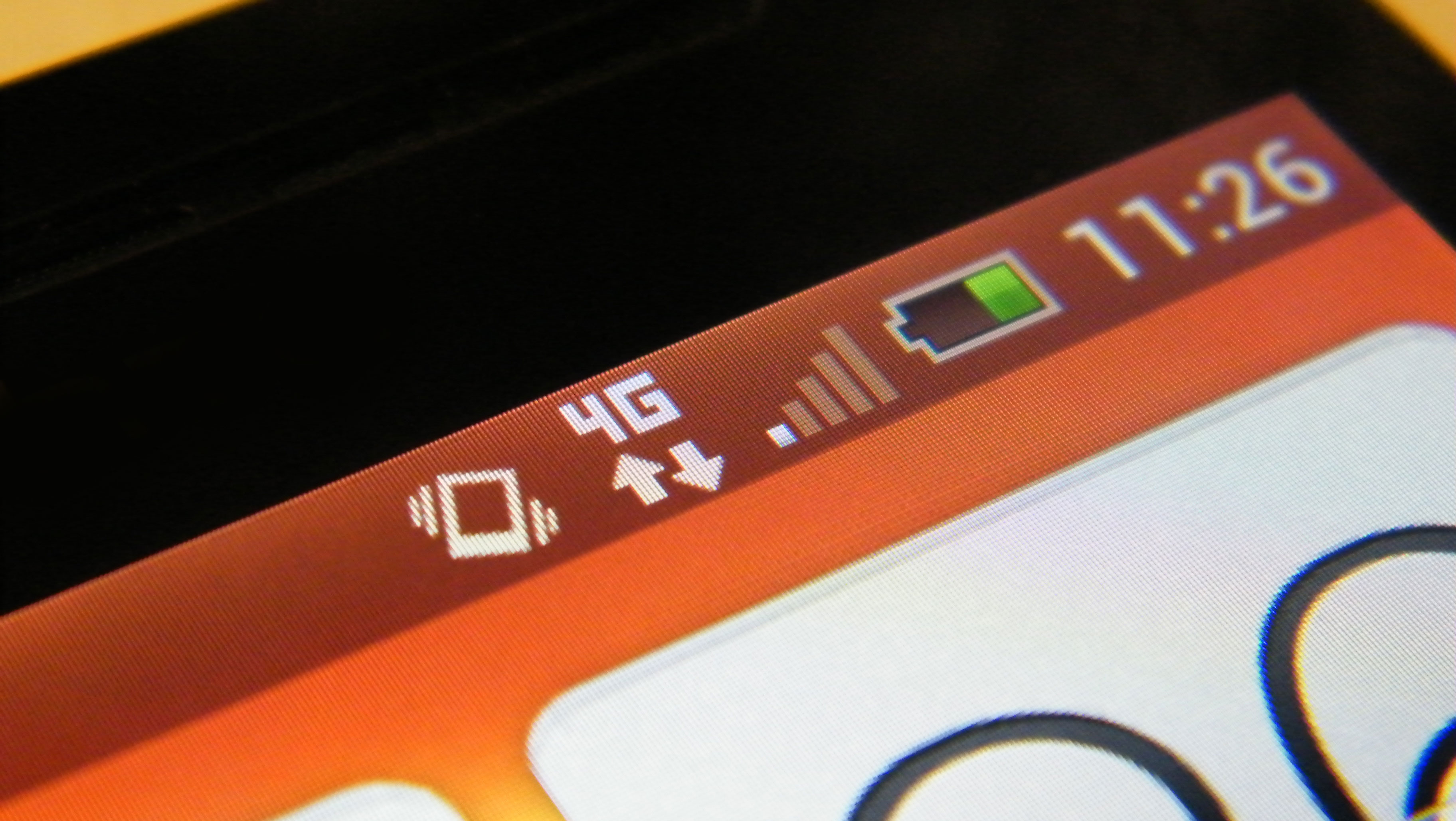AT&T given go-ahead to lap up Leap Wireless
With a few stipulations

One of the nation's largest carriers just got the green light to grow even bigger.
The FCC put the stamp on AT&T's bid for Leap Wireless, a deal that engulfs pre-paid carrier Cricket Wireless. AT&T also scores 4.6 million customers, spectrum and network equipment.
All that's left is the Department of Justice's approval, and the rich get richer.
We'll need some things from you first
It's not as though AT&T sailed through the approval process without having to make a few concessions. The FCC attached a number of stipulations to the acquisition.
The agency is requiring AT&T divest some spectrum in certain southern Texas markets as well as deploy LTE in some parts of the state.
Ma Bell has to maintain Cricket's current CDMA-based roaming rates, offer certain low-cost plans and hold up a device trade-in program that covers smart and feature phones.
Finally, AT&T has to light up LTE on Leap's unused spectrum. These conditions should leave the competition minimally impacted, the FCC maintained.
Sign up for breaking news, reviews, opinion, top tech deals, and more.
LTE in America
The FCC also reasoned the deal, conditions and all, will benefit customers as they're able to jump on AT&T's 4G LTE network.
The news comes hours after T-Mobile announced it plans to upgrade its 2G network to 4G LTE this year. The magenta carrier also took aim at Verizon, saying it will take legal action against Big Red to halt it from using its network coverage maps in advertisements.
T-Mobile maintains Verizon's maps only show LTE, not 4G HSPA+. Tits-for-tats aside, more high-speed network is generally a good thing for consumers.
- Here's the best internet speed test round up you need.
Via PhoneScoop

Michelle was previously a news editor at TechRadar, leading consumer tech news and reviews. Michelle is now a Content Strategist at Facebook. A versatile, highly effective content writer and skilled editor with a keen eye for detail, Michelle is a collaborative problem solver and covered everything from smartwatches and microprocessors to VR and self-driving cars.